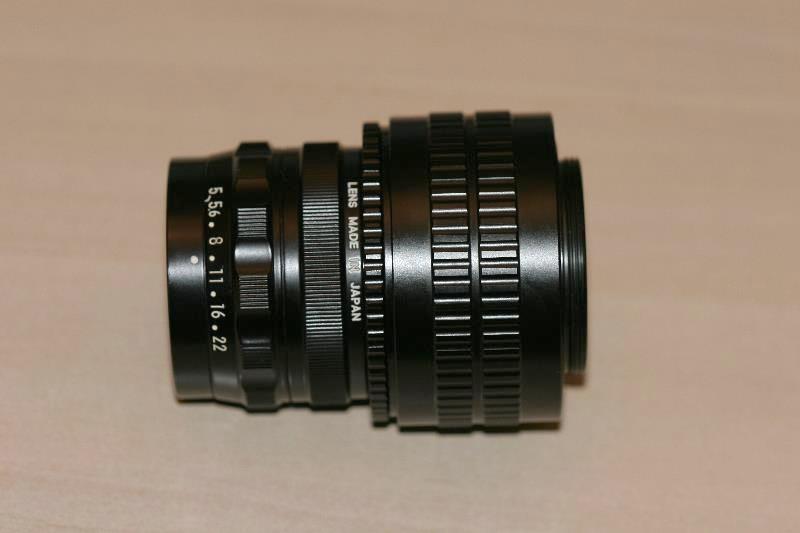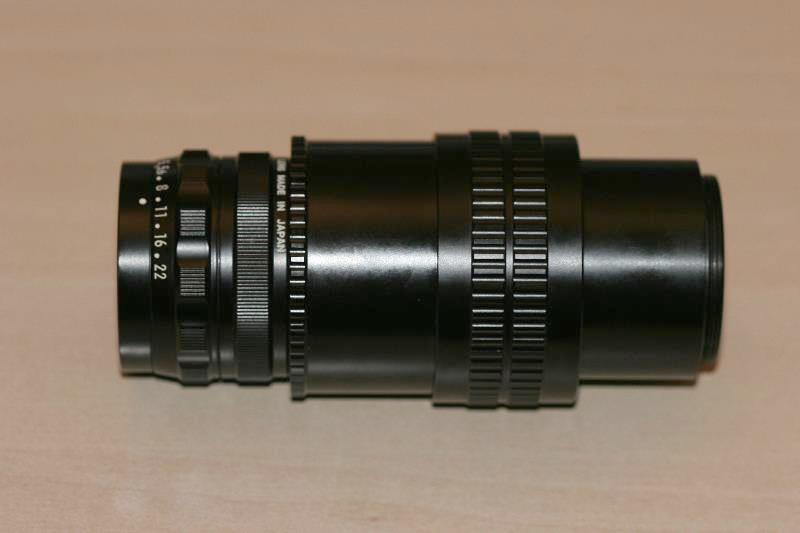Dr Klaus Schmitt
Well-known member
A simple tutorial for UV photography
I have been asked to write down a simple "cook book style" tutorial on UV photography, so here it comes:
1) get a suitable lens, uncoated or single coated, simple lens design like a triplet. You have to try things out, some work, some don't. EL Nikkor enlarger lenses are not bad, get a 75 or 80mm. Also the Wollensak Graphic Raptars seem to have a useful UV transmission, but quite some focus shift. The best you can get is the UV Nikkor 105mm, but that is quite some costly $$$$ investment.
2) get a suitable filter. The new 2" Baader U-filter is the best you can get, >80% within 310...390nm transmission, IR perfectly suppressed, which is important for most DSLRs due to their high IR and low UV sensitivity especially if your camera has the internal filter removed. Be prepared to expose 8 stops more than normal. My usual setting on an sunny to overcast day is 2..4" @ f11 ISO200 using a Nikon D70.
3) get a suitable UV enabled camera. My finding is that the Nikon D70(s) is the best value for money for UV as is the D40. D80 and D200 are known to work well either, but need the internal filter removed first. CANON shooters - sad day, it does NOT work with Canon DSLRs, their filters and CMOS sensors do not allow to record UV in an acceptable manner (see the test I have published on my BLOG; extremely long exposure, high ISO, noisy results).
4) Use a sturdy tripod to allow 2...4" exposure time, sometimes much longer though. UV is strongest 90 degrees to the sun, don't shoot in bright sun, due to high IR content (no longer a big problem with the new Baader 2" U-Filter!)
5) for comparison shots I shoot visual light first and then attach the filter and shoot UV with exactly the same framing. Be careful not to move the camera. If using an older lens, focus closer. This needs to be tested out, my finding is that the f8...f11 position on the DOF scale works best. Shoot RAW files or high resolution JPEGs. PRO's do RAW, but for simple testing JPEG will do.
6) Upload pictures and process pictures. They will look very red, but what you see is UV, depending on camera. Additionally there is some info also in the green and somewhat in the blue channel (D70). So either you process them to black/white or whitebalance them (Bibble's "cklick white" operation works quite well for instance). Then adjust to taste. UV has no "color" by definition, so you may do what you like.
7) enjoy the sometimes strange and exotic results!
This is in condensed form the result of some years of research and test. So if you need some advice or equipment, let me know, I have plenty of filters, lenses etc. available, since I tested so many for the last years.
I have been asked to write down a simple "cook book style" tutorial on UV photography, so here it comes:
1) get a suitable lens, uncoated or single coated, simple lens design like a triplet. You have to try things out, some work, some don't. EL Nikkor enlarger lenses are not bad, get a 75 or 80mm. Also the Wollensak Graphic Raptars seem to have a useful UV transmission, but quite some focus shift. The best you can get is the UV Nikkor 105mm, but that is quite some costly $$$$ investment.
2) get a suitable filter. The new 2" Baader U-filter is the best you can get, >80% within 310...390nm transmission, IR perfectly suppressed, which is important for most DSLRs due to their high IR and low UV sensitivity especially if your camera has the internal filter removed. Be prepared to expose 8 stops more than normal. My usual setting on an sunny to overcast day is 2..4" @ f11 ISO200 using a Nikon D70.
3) get a suitable UV enabled camera. My finding is that the Nikon D70(s) is the best value for money for UV as is the D40. D80 and D200 are known to work well either, but need the internal filter removed first. CANON shooters - sad day, it does NOT work with Canon DSLRs, their filters and CMOS sensors do not allow to record UV in an acceptable manner (see the test I have published on my BLOG; extremely long exposure, high ISO, noisy results).
4) Use a sturdy tripod to allow 2...4" exposure time, sometimes much longer though. UV is strongest 90 degrees to the sun, don't shoot in bright sun, due to high IR content (no longer a big problem with the new Baader 2" U-Filter!)
5) for comparison shots I shoot visual light first and then attach the filter and shoot UV with exactly the same framing. Be careful not to move the camera. If using an older lens, focus closer. This needs to be tested out, my finding is that the f8...f11 position on the DOF scale works best. Shoot RAW files or high resolution JPEGs. PRO's do RAW, but for simple testing JPEG will do.
6) Upload pictures and process pictures. They will look very red, but what you see is UV, depending on camera. Additionally there is some info also in the green and somewhat in the blue channel (D70). So either you process them to black/white or whitebalance them (Bibble's "cklick white" operation works quite well for instance). Then adjust to taste. UV has no "color" by definition, so you may do what you like.
7) enjoy the sometimes strange and exotic results!
This is in condensed form the result of some years of research and test. So if you need some advice or equipment, let me know, I have plenty of filters, lenses etc. available, since I tested so many for the last years.


